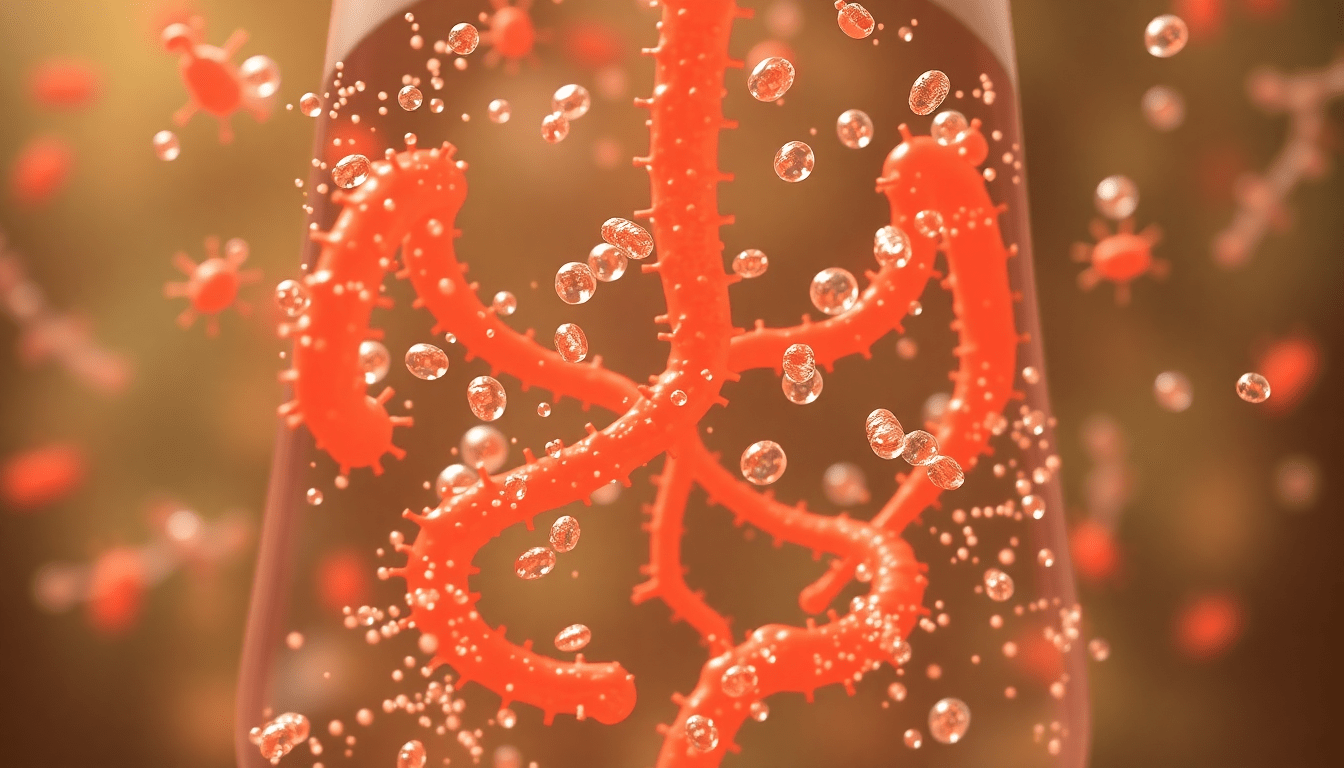
PFAS Detox: How Gut Bacteria Can Help Remove ‘Forever Chemicals’ Naturally
PFAS Detox: The Gut Bacteria That May Clear 'Forever Chemicals' Per- and polyfluoroalkyl substances, or PFAS, are chemicals often called... Read more
Could probiotic pfas removal work in practice? That question sits at the cutting edge of environmental microbiology. The idea is to use friendly microbes to intercept, bind, or even break down PFAS contaminants in water before they reach our taps. It’s a concept that sits between science fiction and reality, with researchers gradually uncovering how certain microbes interact with PFAS under tightly controlled conditions. While the field shows potential, probiotic pfas removal remains an area of active investigation, not a ready-made water-treatment solution. The promise, though, is clear: if we can harness safe, well-understood microbes to reduce PFAS levels, we could support safer, cleaner drinking water in a way that complements conventional filtration and chemical treatment methods. The science behind using microbes to clean water hinges on several mechanisms. Some bacteria can adsorb PFAS to their cell surfaces or biofilms, effectively concentrating contaminants for later removal. Others may use enzymatic pathways that transform PFAS, or alter the surrounding chemistry to enhance PFAS capture. Importantly, PFAS are notoriously persistent due to their strong carbon-fluorine bonds, and degradation pathways are often slow and highly environment-specific. Real progress will require carefully designed systems that control factors like contaminant concentration, competing species, temperature, and pH. In practice, researchers are exploring a spectrum from passive biosorption to active biotransformation, with safety and scalability as central concerns. A data-driven approach helps move probiotic pfas removal from concept toward viable practice. Environmental microbiology can borrow the same strengths that human microbiome science uses to profile and optimize microbes: precise measurement of which bacteria are present, what functions they perform, and how communities respond to different conditions. For example, platforms that map bacterial abundances and categorize metabolic functions into positive and negative categories can help identify candidate strains or consortia with beneficial interactions for PFAS remediation. The idea is to build a prioritized library of microbes and functional pathways, then tailor remediation strategies to the water matrix and contaminant profile. In this spirit, the same principles behind a modern gut-health platform illustrate how structured data and functional labeling accelerate discovery and decision-making. InnerBuddies provides a clear example of how modular, data-rich microbiome platforms work—though in human health rather than water treatment. Its Gut Microbiome Health Index (a score from 0 to 100) and its exclusive collaboration with EAFIT University in Colombia show how robust, defensible metrics can quantify gut-health status. The system also tracks Bacteria abundances—highlighting a top 40 set and how an individual compares with a healthy cohort—and it categorizes Bacteria functions to label metabolic activities as positive or negative. Beyond that, Target Group analysis lets researchers and clinicians explore functional pathways relevant to specific needs, such as Healthy Aging or Skin & Hair Health, while personalized nutrition and personalized probiotic/prebiotic advice fuse microbiome data with real-world dietary tools. While these features are designed for human health, the underlying approach—combining precise microbial profiling, functional mapping, and personalized guidance—offers a compelling blueprint for evaluating environmental microbes as well. If you’re curious about how these capabilities translate into human health insights, you can explore the InnerBuddies microbiome test for a hands-on example, and the InnerBuddies gut health membership for ongoing, data-driven guidance. For researchers and partners interested in broader applications, the InnerBuddies B2B partner program outlines collaboration possibilities. As research on probiotic pfas removal progresses, the path to practical deployment will likely involve a blend of advanced analytics, controlled pilot systems, and rigorous safety evaluations. If successful, it could complement existing water-treatment approaches and contribute to safer, cleaner drinking water at larger scales. In the meantime, the evolving science invites continued exploration and collaboration, with data-driven microbiome platforms like InnerBuddies serving as powerful models for how we measure, compare, and optimize microbial solutions—whether for health, environment, or both.

PFAS Detox: The Gut Bacteria That May Clear 'Forever Chemicals' Per- and polyfluoroalkyl substances, or PFAS, are chemicals often called... Read more